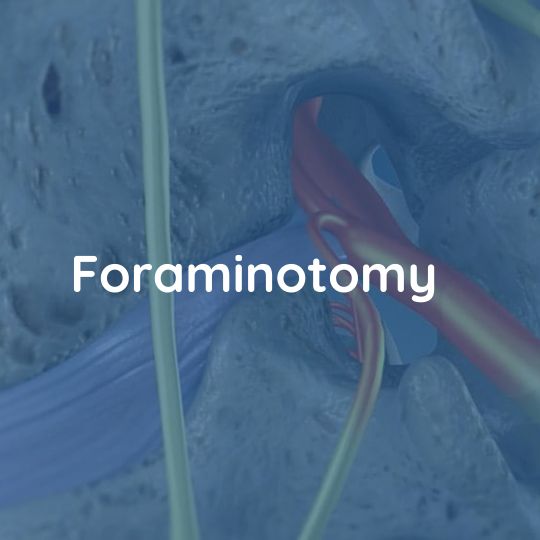
Foraminotomy
Foraminotomy is a surgical procedure that involves removing tissue and bone from around a compressed nerve in the spinal column to relieve pressure and alleviate symptoms.
Causes
Symptoms
Treatment
Causes
A foraminotomy may be necessary when a spinal nerve becomes compressed due to conditions such as spinal stenosis, degenerative disc disease, or a herniated disc. The pressure on the nerve can cause symptoms such as pain, tingling, numbness, or weakness in the affected area.
Symptoms
The symptoms of nerve compression in the spine can vary depending on the location of the affected nerve, but may include pain or discomfort in the neck, back, arms, or legs, numbness or tingling sensations, and weakness or loss of coordination in the affected area.
Treatment
Non-surgical treatments such as physical therapy, medication, and injections are usually the first line of treatment for nerve compression in the spine. However, if these treatments do not provide relief, a foraminotomy may be recommended. During the procedure, the surgeon removes the tissue and bone that are compressing the affected nerve, allowing it to function properly.
Who Needs It?
This is an operation used to treat arm or neck pain (or headache) when this is due to a nerve being trapped in the neck. This commonly occurs in patients as a result of degenerative disease (often called spondylosis) and is commonly more marked on one side of the neck. The nerve is pinched, usually between small outgrowths of bone, called osteophytes, which narrow the space through which the nerve leaves the spine, the intervertebral foramen.
The Operation
This is performed under general anaesthetic with the patient lying head down. A small incision is made in the midline of the neck and the muscles are gently retracted to reveal the bones in the neck. The level responsible for the symptoms (as shown on the pre-operative scans) is checked with an x-ray and the operating microscope is used to give a better view.
The bone close to the nerve is removed using a high speed drill and curettes and the nerve root is then seen and a check is made to ensure that it is now free. If so the wound is closed with absorbable stitches.
Results of Surgery
Most patients obtain immediate relief of their symptoms, suffer some pain in the neck muscles for a few days and leave hospital between 3 and 7 days post-operatively. In the long term, maintaining this state depends upon careful exercises by the patient, but also on the integrity of the spinal discs at the front of the spinal column. In patients where the discs are damaged the surgeon may recommend a discectomy and fusion rather than a foraminotomy.
What are the risks?
The biggest worry is trauma to the spinal cord. This is lower than in discectomy operations, because the surgery is done at the side of the spinal canal and ought to be less than 1%. This may cause paralysis or weakness which may improve in time, but may not.
The nerve roots may potentially be damaged by the surgery or bleeding causing a build up of pressure. Infection is a low risk, perhaps around 1% and is usually superficial requiring antibiotics only. Anaesthetic risks should be discussed in advance with the anaesthetist.
More Spinal Conditions

Spine Tumor Surgery in Karachi: Leading the Way with Prof. Dr. Akbar Ali Khan, Best Neurosurgeon in Pakistan

Advancing Spinal Health: Understanding Vertebrectomy with Prof. Dr. Akbar Ali Khan
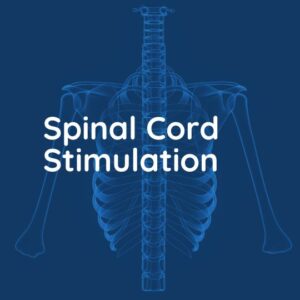
Spinal Cord Stimulation

Kyphoplasty and Vertebroplasty
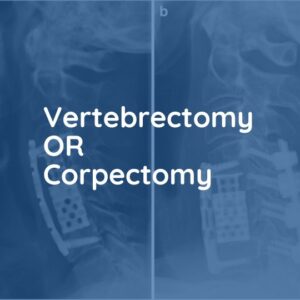
Vertebrectomy/Corpectomy

Foraminotomy
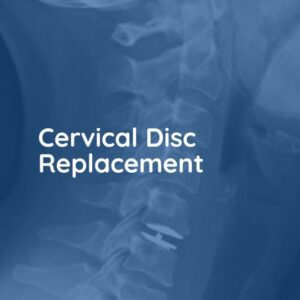
Cervical Disc Replacement

Anterior Cervical Discectomy and Fusion

Correction of Scoliosis

Thoracic Discectomy
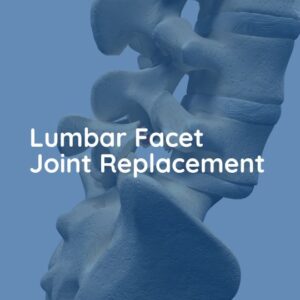
Lumbar Facet Joint Replacement
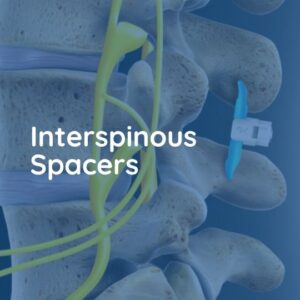
Interspinous Spacers

Endoscopic Lumbar Discectomy

Laminectomy
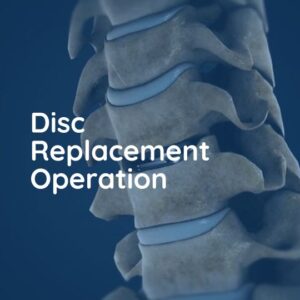
Disc Replacement Operation

Posterior Lumbar Fusion


